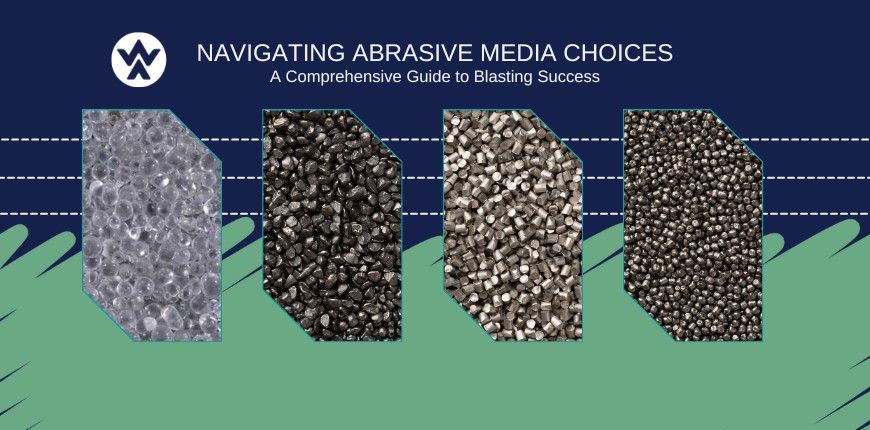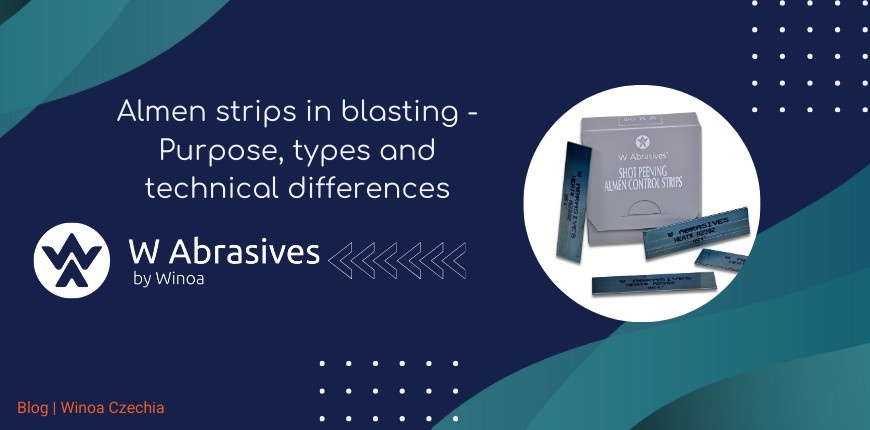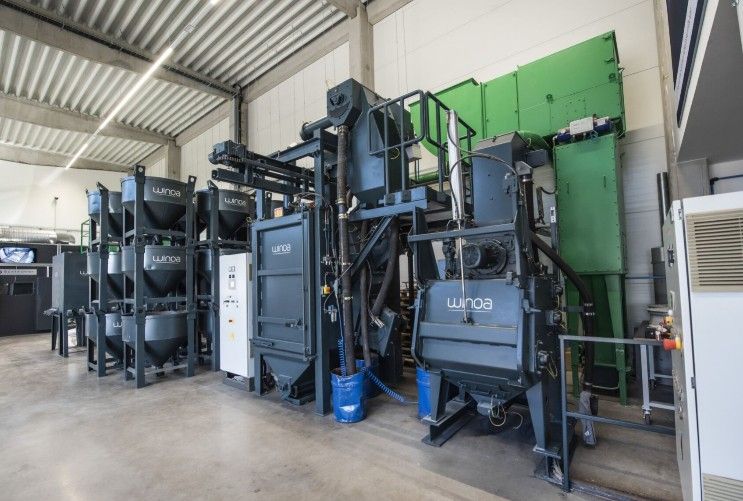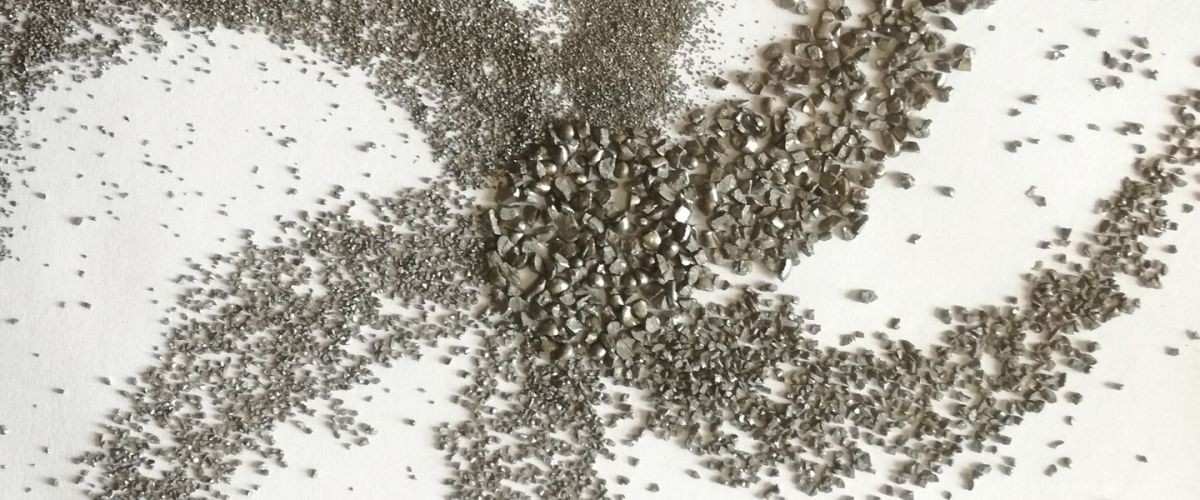
Key Properties of Steel vs. Cast Iron Abrasives
Steel and cast iron are both ferrous metals, but their properties, applications, and costs can be quite different. Here's an in-depth look at these differences to help you choose the right material for your specific needs.
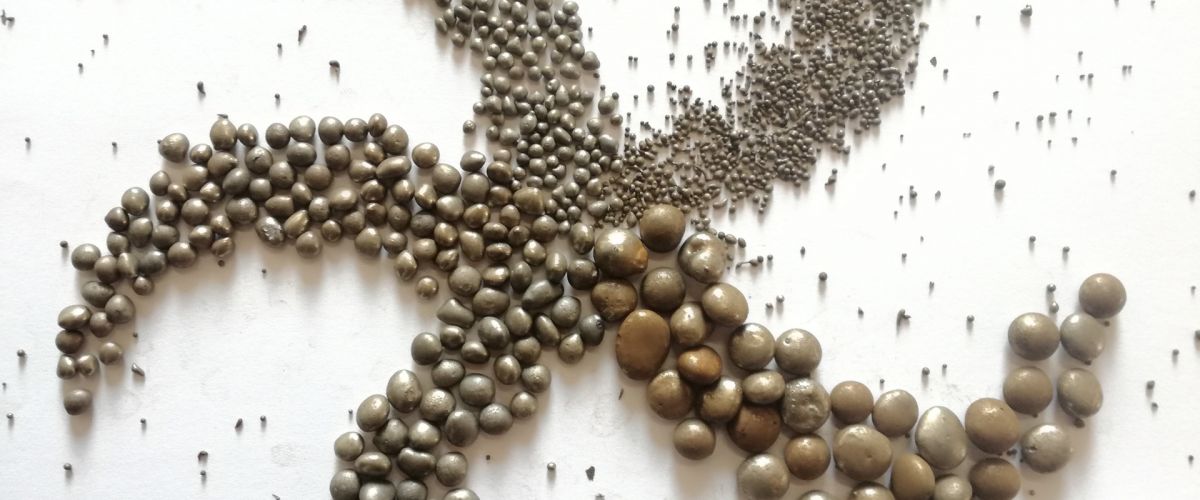

Key Properties of Steel Abrasives vs. Cast Iron Abrasives
Cast Iron Abrasives
Aggressive Profiling: Cast iron abrasives are known for their ability to create a sharper surface finish. This sharp profile enhances the mechanical adhesion of coatings, making it ideal for applications where surface preparation is crucial for bonding.
Higher Consumption: Due to its brittleness, cast iron wears out faster, resulting in higher consumption compared to steel shot.
Steel Abrasives
Durability and Cost-Efficiency: Steel abrasives are more durable and create a less aggressive profile. This means lower consumption and cost-effectiveness, especially in general surface preparation and renovation tasks where a less pronounced surface profile is sufficient.


Applications and Machine Compatibility of Steel and Cast Iron Abrasives
Both cast iron and steel abrasives are widely used in air blasting applications. The choice depends on the specific requirements of surface preparation, renovation, and bonding.
Aggressive Surface Treatment: For tasks requiring aggressive surface profiling, such as bonding, cast iron is often the preferred choice due to its sharper profile.
General Renovation and Surface Preparation: Steel abrasives, with their durability and less aggressive profiling, are suitable for general renovation and surface preparation tasks.
A notable application is in waste incineration plants, where both cast iron and steel shot are used for descaling through gravity blasting.
Material Costs
Steel: While steel abrasives have higher initial costs, their long lifespan and lower maintenance needs can make them more economical over time.
Cast Iron: Cast iron is typically cheaper to produce. However, its brittleness and tendency to crack can lead to higher repair and replacement costs.
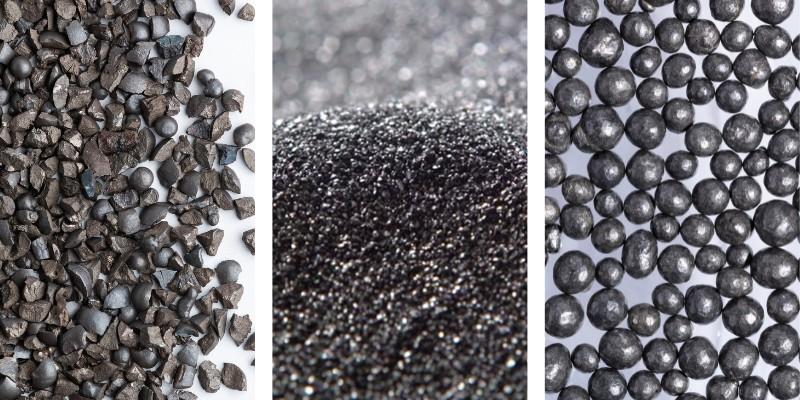

Optimizing the Blasting Process
To optimize the blasting process, it’s crucial to consult with experts who can help select the most suitable abrasive media and adjust blasting parameters for maximum efficiency. This ensures the abrasives meet specific application requirements and deliver the desired results.
Conclusion: Choosing Between Steel and Cast Iron Abrasives
Choosing between cast iron and steel abrasives depends on understanding their performance characteristics, consumption rates, and specific application needs. By considering these factors and seeking expert advice, you can select the right abrasive to achieve optimal surface preparation and other application goals.



